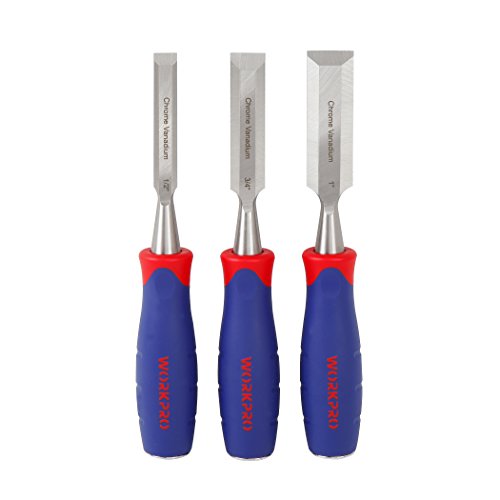Understanding the Importance of Sharpening a Chisel
Sharpening a chisel is essential for getting the best results when working with wood. A dull chisel can cause frustration, poor precision, and can damage the material you’re working on. But what is the proper angle for sharpening a chisel?
Angles for Different Types of Chisels
The angle you sharpen your chisel at will depend on the type of work you do. For general woodworking, a bevel angle of 25 degrees will be sufficient. If you require more precise work or work with harder materials, such as hardwood, you should consider a bevel angle of 30 degrees or more.
How to Find the Right Angle
Before you start sharpening, check the angle on the chisel. If you’re unsure what angle your chisel is, use a protractor to measure it. Next, you need to decide whether you need to change the angle. If you’re working with hardwoods or need a more precise cut, increase the angle by a few degrees. However, if you’re working with softwoods or are concerned about the durability of the blade, decrease the angle slightly.
Sharpening Techniques
When it comes to sharpening, different techniques work for different people. Some prefer to use a honing guide, while others freehand the sharpening process. Whichever technique you choose, make sure your sharpening stone is flat, and use a consistent pressure when sharpening. Start with a coarse grit and work your way up to a finer grit to achieve the best results.
Maintaining Your Chisel
After you’ve sharpened your chisel, it’s important to maintain it regularly. This means honing the blade often to keep it sharp and free of nicks or chips. You should also clean the blade after use to remove any debris, oil it occasionally to prevent rust, and store it in a dedicated case or rack to protect the blade and edge from damage.






